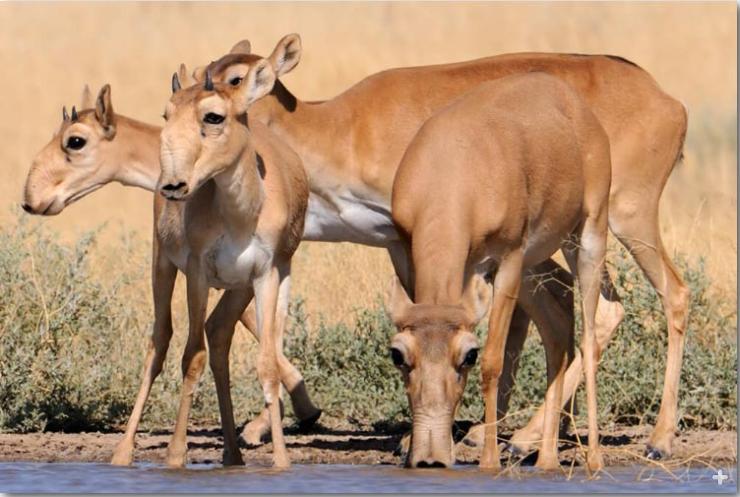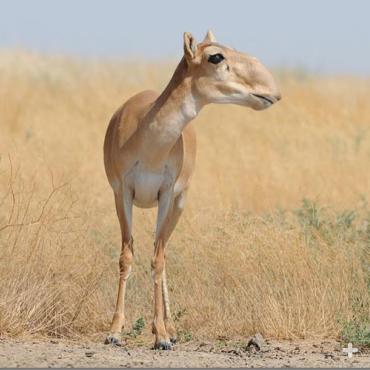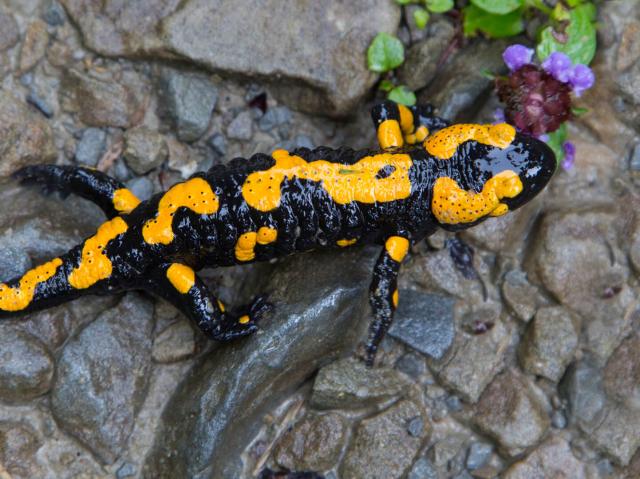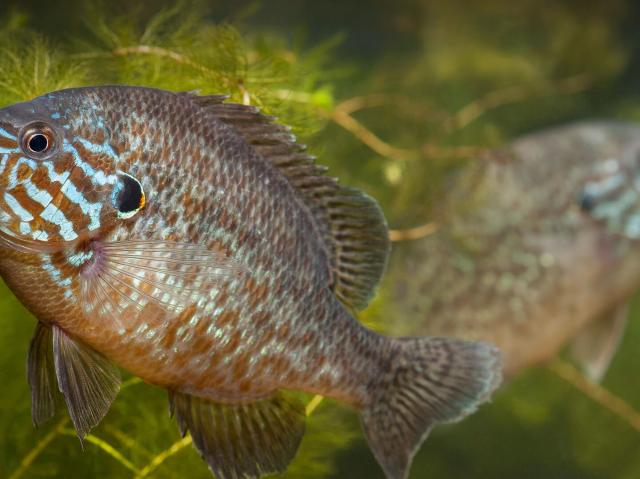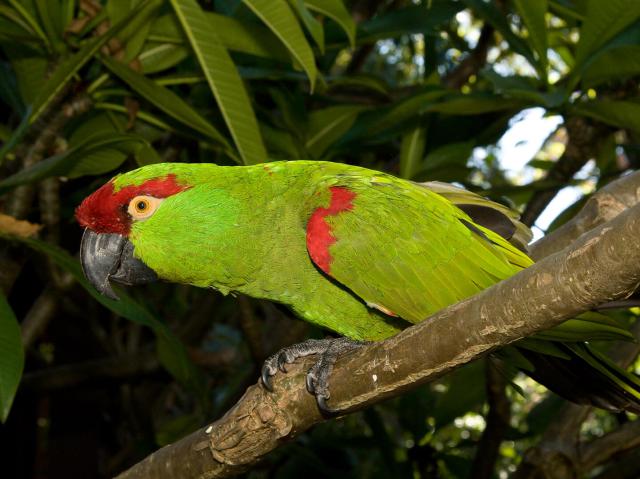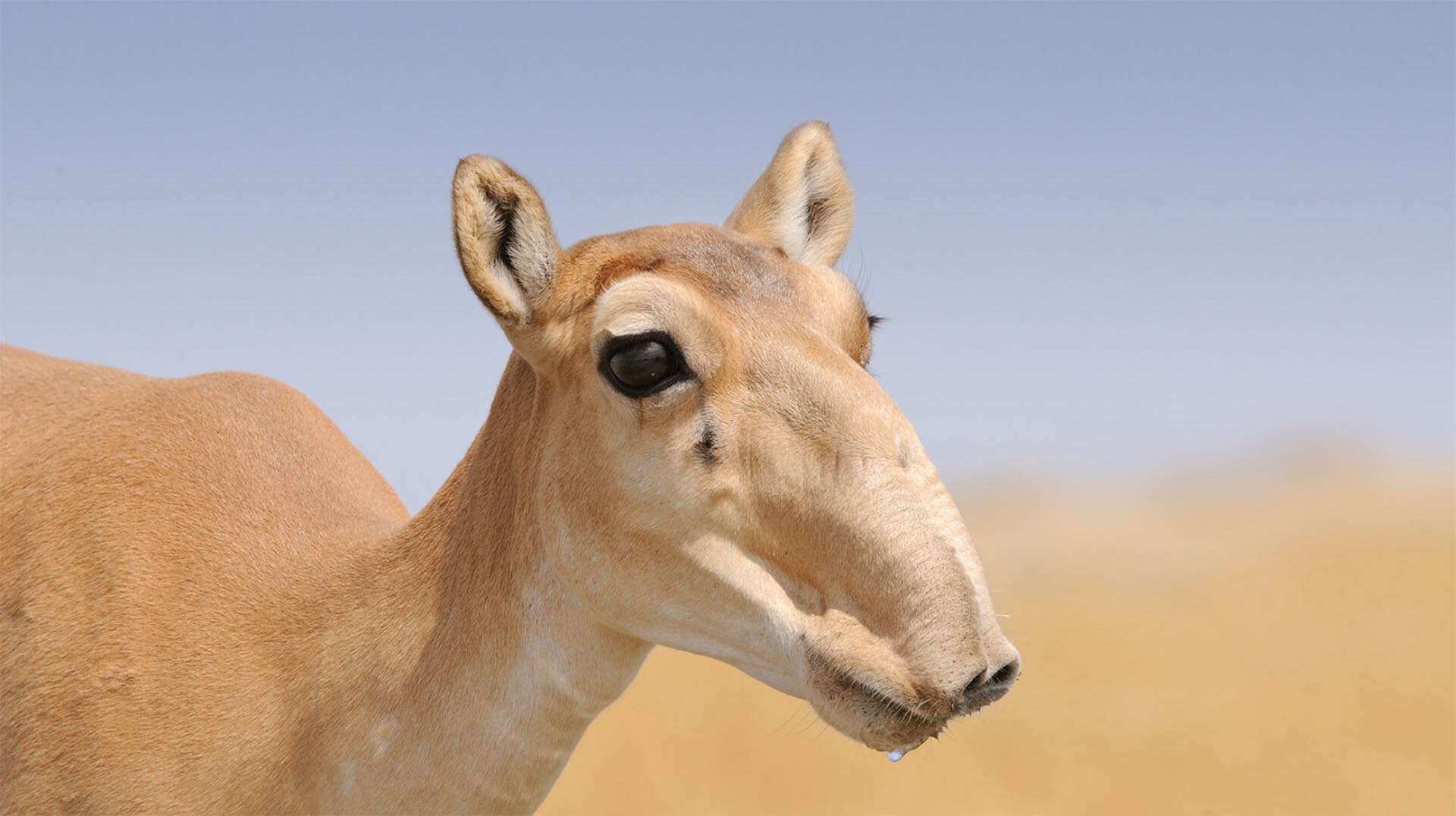
Saiga

- Class: Mammalia
- Order: Artiodactyla
- Family: Bovidae
- Genus: Saiga
- Species: tatarica
- Subspecies: tatarica (dominant species); mongolica (found in western Mongolia)

ABOUT
You might think a herd-living herbivore that weighs about as much as a German shepherd and roams a remote, often freezing, treeless landscape would largely be out of harm’s way. But alas, the sturdy little saiga of the Eurasian steppes is ruthlessly stalked by poachers, as well as tiny, but no less deadly, threats like bacterium and viruses. But the small antelope with the big nose is built to survive in its unforgiving landscape, and with some conservation intervention, we hope this hardy mammal will rally against the odds.
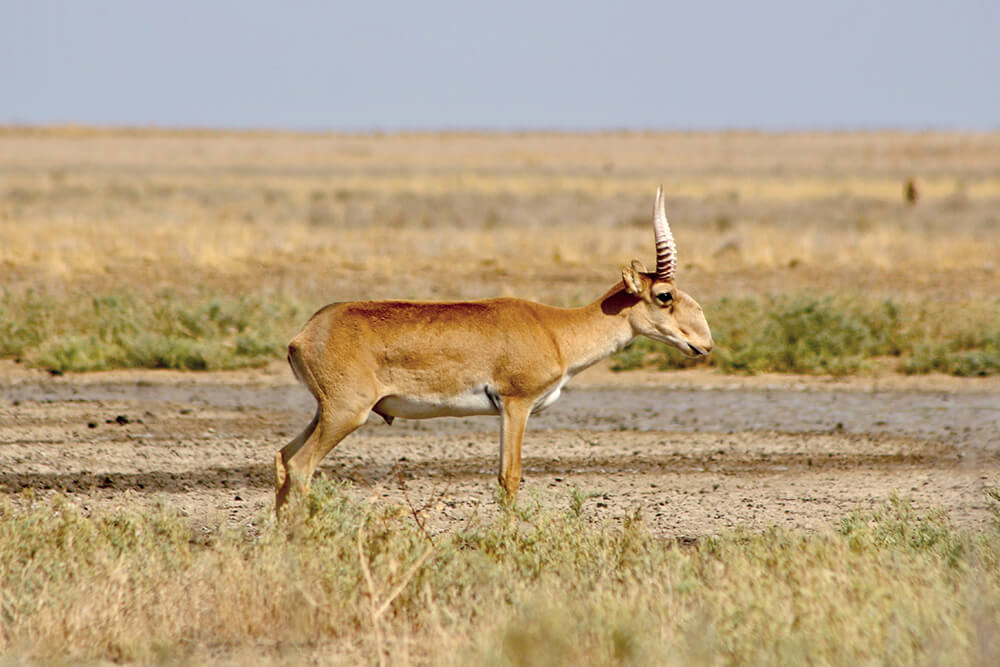
The nose knows. It’s big, it’s bulbous, and it’s a pretty nifty adaptation! The remarkable proboscis-like saiga nose drapes over its mouth and points downward. The bones on the inside of the nose are complex and convoluted, and the nasal openings are lined with hairs, glands, and mucous tracts. Each nostril is a sac lined with mucous membranes. This mysterious muzzle may help the saiga warm up inhaled frigid winter air and filter out dust during the arid summer months. Not surprisingly, the saiga has a keen sense of smell.
According to National Geographic,there is evidence that the saiga micro-trunk nose aids in communication and choosing mates, as well. The loud nasal roars made by male saiga are thought to advertise body size and condition, and help males woo females.
The saiga has heavy, wool-like fur with a fringe of long, guard hairs from the chin to the chest. During the summer, it is cinnamon buff on the top of the body with darker fur on the side of the face and nose. The rump, tail, and underparts are creamy-white. In the winter, the coat is thicker and more uniformly pale in color. Males have heavily ridged, amber-colored horns that grow 6 to 10 inches (15 to 25 centimeters) long. Unfortunately, they are heavily hunted for this accessory. This antelope has long, thin legs but is similar in size to a sheep.
Saiga under siege. Populations of saiga (there are only 5) have crashed over the last decade, with more than 80 percent of the total saiga population lost due to overhunting for meat and poaching of males for their horns, used in Asian folk remedies. Another ongoing threat is habitat loss due to inadequate levels of protection in some places, competition with livestock for space, and migratory barriers like border fences. Additionally, a dreadful “small ruminant plague” virus killed off thousands of Mongolian saiga and a bacterial disease struck a larger population of Russian saiga that live on the grasslands of Kazakhstan. In May 2015, when the saiga gathered to give birth in Kazakhstan, about 200,000 perished from a usually harmless bacterium.
According to the journal Science Advances,the likely culprit was “a bizarre and sudden change in climate” with the frigid weather turning unusually warm and wet, providing the impetus for the nose bacteria Pasteurella multocidato kill its host through blood poisoning. The admirable antelope with the tiny tail and bulbous nose was—and is—in dire straits! Fortunately, several conservation organizations from around the globe are poised to help this antelope continue to roam.
HABITAT AND DIET
At home on the range. Saiga prefer open, dry steppes, semi-desert grasslands, and open areas free of dense vegetation, where they are able to scan the landscape and dash quickly away from predators. The saiga’s elaborate nasal system and dense fur coat help protect it from the extreme elements. Previously, these antelopes inhabited a wide range around the world, including the Eurasian steppe zone from the foothills of the Carpathian Mountains into northwestern China and Mongolia, as well as the Bering Sea Land Bridge in North America.
Presently, saiga persist only in Asia and southeastern parts of Europe that include Russia, Uzbekistan, Kazakhstan, Turkmenistan, and Mongolia.
Say graze. Herds of saiga feast on grass, herbs, lichens, and low-growing shrubs. In the summer months, they feed in morning and evening, and rest at midday. Newborn saigas begin to graze at 4 to 8 days old (they are fully weaned at 4 months of age).
FAMILY LIFE
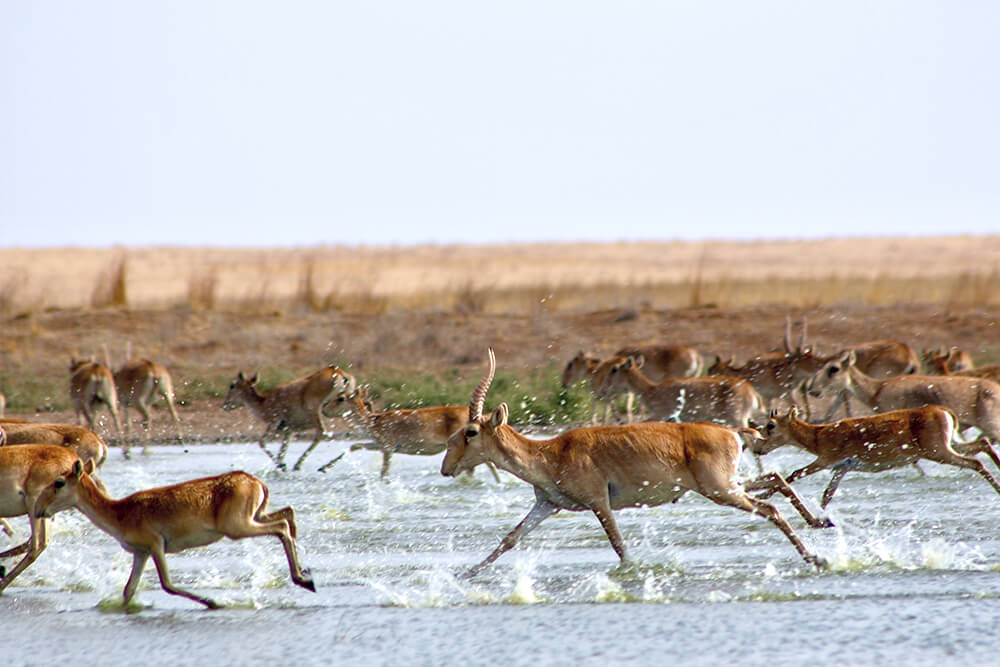
On the move. Some populations of saiga are masters of migration. At the beginning of spring, all-male herds numbering 10 to 2,000 march ahead of the females, while the latter form vast aggregations and veer off to find a suitable birthing area—they are synchronized birthers. Some groups travel 50 to 75 miles in a day! During the warm, lush summer months, saiga may visit water sources twice daily. They can run about 50 miles per hour (80 kilometers) when necessary.
Saiga saga. These antelopes are diurnal (active during daytime). However, a midday rest is not out of the question. Saiga migrate long distances, walking with their heads pointing to the ground. A single male takes charge of leading a harem of 30 to 50 females, which he has earned after a fierce confrontation with another horned male during the mating season. These battles can end in a bloody death for the loser—the winner takes all. After the rut, between December and January, where the male has been breeding and defending his harem from marauders, the exhausted males perish in large numbers.
Run! Following the migration period, the saigas split up into smaller herds. Saigas are timid and startle easily, resulting in an immediate mass scattering of the herd at the first sign of danger.
All in the family. Saigas form herds of 30 to 40. After a gestation period of 139 to 152 days, females give birth in late April and May. About two-thirds of females give birth to twins; the rest have singletons. Youngsters nibble on grass within the first week of life; they are weaned at around four months old.
CONSERVATION
Patience and partners. The breakup of the former USSR led to uncontrolled hunting for meat. Demand for saiga horn (and relentless poaching to acquire it), which is used in Chinese folk medicine, led to a dramatically skewed sex ratio—100 females for every male—and resulted in a catastrophic drop in birth rates, and will likely have significant genetic impacts as well.
San Diego Zoo Wildlife Alliance is part of an international collaboration to help this critically endangered antelope. Since 2015, San Diego Zoo Wildlife Alliance has partnered with the Saiga Conservation Alliance (SCA) and other organizations to collaborate on various aspects of saiga conservation and conservation education. One aspect of this was to hold a teacher training workshop in Nukus, Uzbekistan to provide educators with an increased capacity to teach conservation to their students, including the saigas’ role in the ecosystem and its migration patterns. One of our educators also created a saiga conservation education teaching guide and booklet called “Spirit of the Saiga” that has already been translated into Russian, and is widely used across the region.
In August 2017, San Diego Zoo Wildlife Alliance partnered with the Russian Academy of Science’s Institute of Ecology and Evolution and the Saiga Conservation Alliance to co-host a two-day workshop in Moscow, to exchange knowledge and develop a strategic plan regarding the role of specialist breeding in managed care to mitigate threats to the saiga. Experts from the saiga range states—Russia, Kazakstan, Uzbekistan, China, and Mongolia—as well as from the US and the UK, are eager to develop an international network to help reinforce saiga conservation in their native habitat. San Diego Zoo Wildlife Alliance is pleased to help support anti-poaching efforts in range countries, another vital component to saving the saiga.
By supporting San Diego Zoo Wildlife Alliance, you are our ally in saving and protecting wildlife worldwide.
Fun Facts
The complex saiga nasal cavity resembles that of a whale!
A newborn saiga can outrun a human by its second day of life.
The saiga’s inflated nose and internal structure help to warm and moisten inhaled cold, dry air.
During the migration season thousands of saiga will travel together, forming one of the most spectacular migrations in the world.


